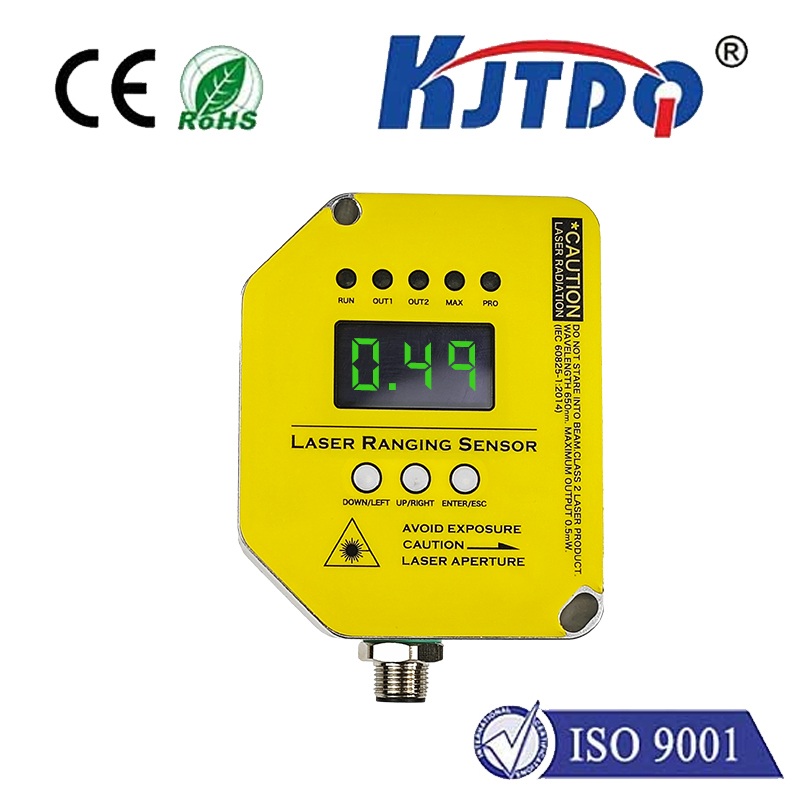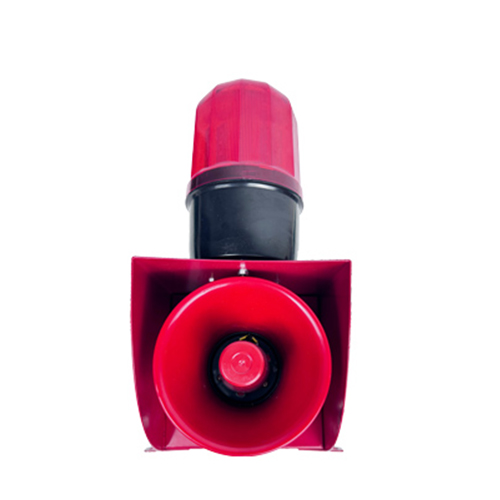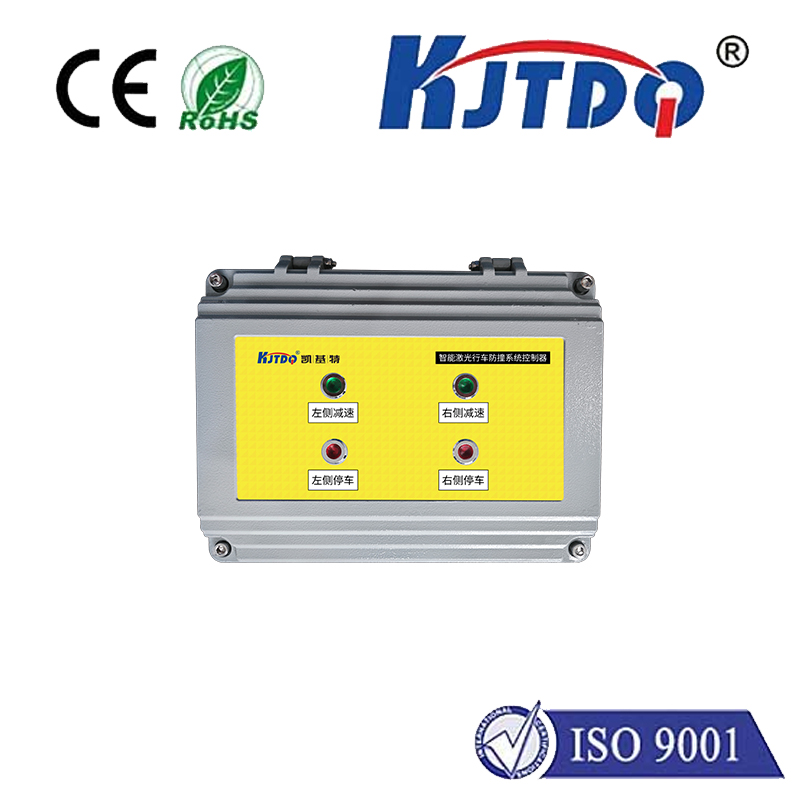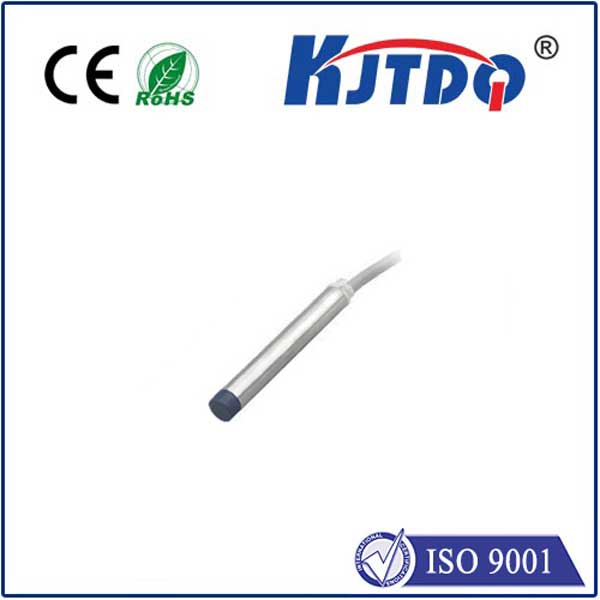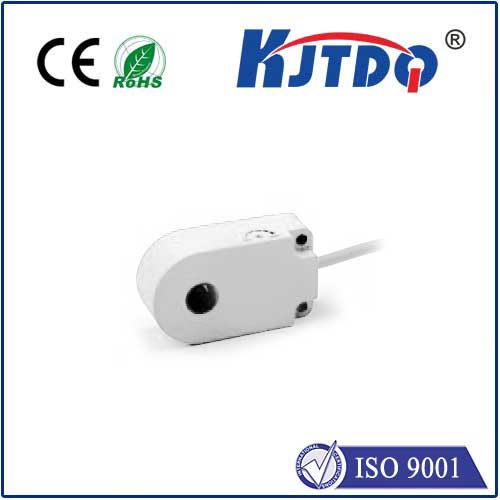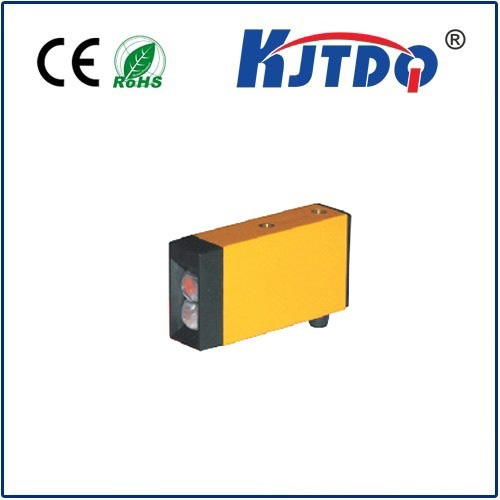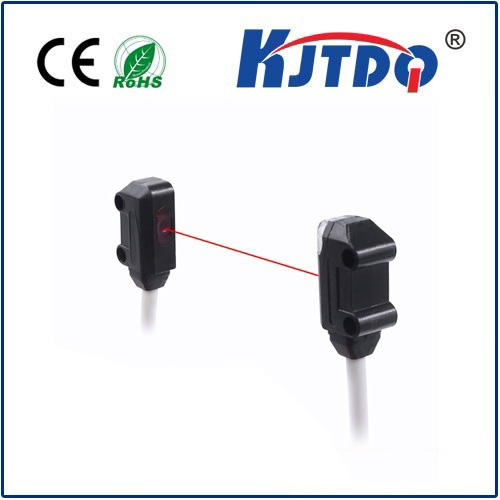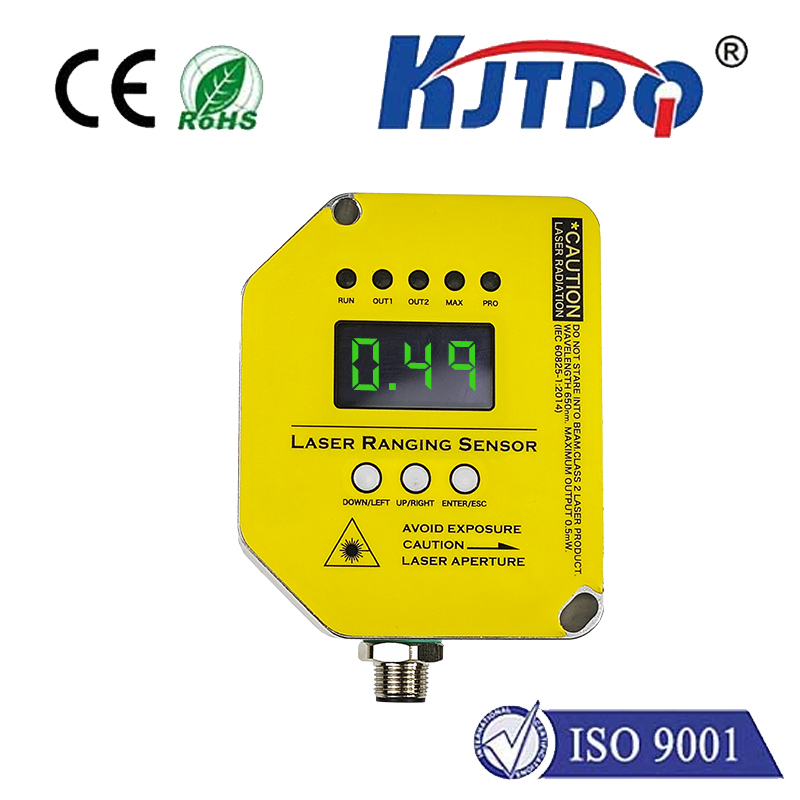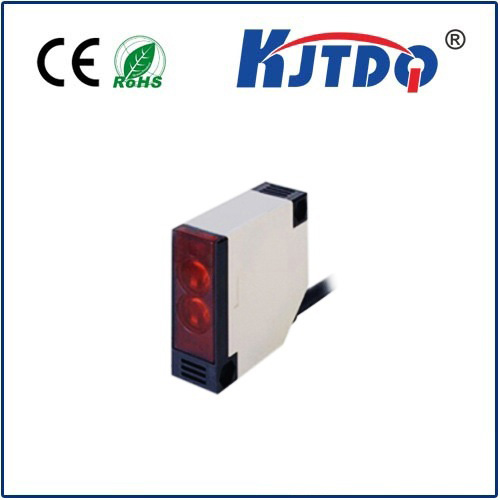

check

check

check

check

check

check

check

check

check

check
Imagine a bustling factory floor where machines hum in perfect harmony, seamlessly detecting parts on an assembly line without a single hiccup. What makes this precision possible? Often, it’s the unsung heroes of automation—reliable sensors like the E3FB-DN23 5V photoelectric sensor. Designed to operate flawlessly in demanding environments, this compact device leverages light-based detection to identify objects, count items, or trigger actions with astonishing accuracy. As industries shift towards smarter, energy-efficient solutions, understanding this remarkable sensor becomes key to optimizing workflows and reducing downtime. In this article, we’ll explore how the E3FB-DN23 simplifies complex tasks, from its core specifications to real-world applications, ensuring you harness its full potential effortlessly.
At its core, a photoelectric sensor uses a light emitter and receiver to detect objects by measuring interruptions in the beam. This technology dates back decades but has evolved into highly specialized versions like the E3FB-DN23 model. What sets this device apart is its optimized 5V operating voltage, making it ideal for modern low-power systems where efficiency and safety are paramount. For instance, in a typical setup, the sensor emits infrared light; when an object obstructs the beam, the receiver signals a change, enabling instant response in milliseconds. This high-speed performance eliminates errors in fast-paced settings, such as packaging lines or robotics. Moreover, the E3FB-DN23’s compact design—measuring just a few centimeters—allows easy integration into tight spaces without compromising durability, thanks to its IP67 rating that resists dust, moisture, and vibrations. As businesses seek versatile tools, this sensor stands out by delivering consistent results with minimal maintenance, directly addressing challenges like energy conservation and cost savings.

Delving into the specifications of the E3FB-DN23, it’s clear why it’s a go-to choice across sectors. Operating at 5V DC, it consumes remarkably low power, averaging under 15mA, which slashes electricity bills and extends battery life in portable setups. The detection range spans up to 300mm, accommodating varied object sizes—from tiny components to bulkier items—with a precision tolerance of ±5%. Crucially, it supports multiple sensing modes, including diffuse-reflective and through-beam, allowing flexibility in installations. For example, in automotive manufacturing, the through-beam mode can detect transparent fluids in bottles with 99% accuracy, while the diffuse type handles opaque materials on conveyors. Unlike older models requiring higher voltages, the 5V compatibility ensures seamless pairing with microcontrollers like Arduino or PLC systems, reducing wiring hassles and setup times. An added perk is its adjustable sensitivity via potentiometers, enabling fine-tuning for specific environments without complex reprogramming. This blend of simplicity and robustness makes the E3FB-DN23 a cost-effective upgrade over alternatives, such as proximity sensors that struggle with non-metallic objects or ultrasonic variants prone to interference in noisy factories.
When it comes to practical applications, the E3FB-DN23 5V photoelectric sensor shines in diverse scenarios. In logistics, for instance, it monitors inventory on high-speed sorting conveyors, accurately counting boxes to prevent overflows. Notably, in smart agriculture, it detects crop movements in harvesting machinery, optimizing yield with zero false triggers. The low voltage operation is a game-changer for IoT devices, as seen in home automation where it powers security systems to alert on intrusions without draining batteries. Compared to standard sensors, its quick response time enhances safety in hazardous zones, like detecting hands near machinery to halt operations instantly—a feature mandated by protocols such as ISO 13849. For seamless integration, start with a clean, unobstructed mounting area to avoid beam obstructions, and pair it with shielded cables to minimize electrical noise. Remember that regular cleaning of lenses ensures longevity, leveraging its easy-access design. These strategies not only boost reliability but also deliver ROI through reduced errors and energy consumption, proving why the E3FB-DN23 is a staple in innovative setups worldwide.
By embracing this versatile technology, users unlock new levels of efficiency without overhauling existing infrastructure. Ultimately, the E3FB-DN23 5V photoelectric sensor empowers industries from manufacturing to retail with a small yet mighty solution.
